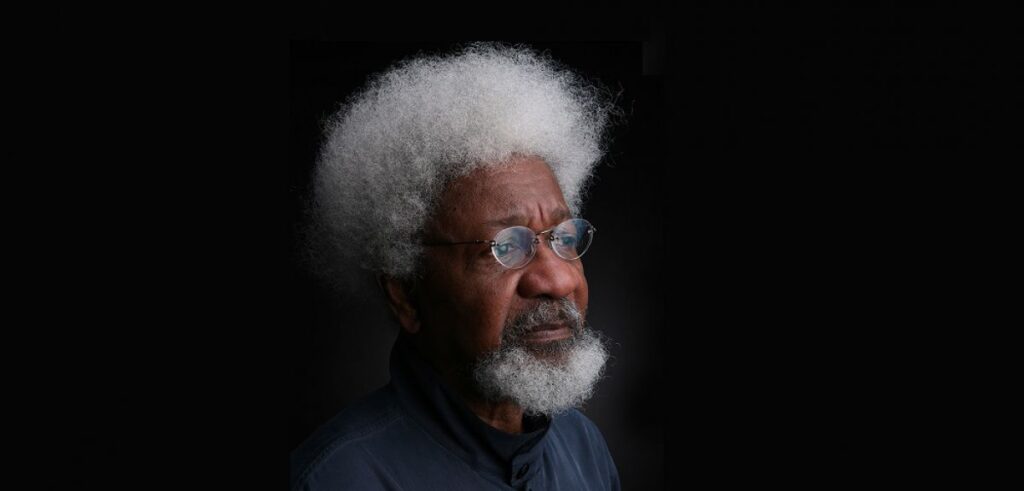
The report, based on data from 120 adults and 25 children and published in the journal Sleep, suggests the therapy can reduce sleep apnoea by 50 per cent in adults and 62 per cent in children.
More than 100 people who worked different shifts gave urine samples across a 24-hour period; their hormone levels were also measured. Night workers were found to have significantly higher levels of sex hormones at the wrong time, such as testosterone peaking between 10am and 2pm, rather than between 6am and 10am.
Sleep apnoea occurs when tissues in the throat collapse in the night, blocking airways, and the sufferer stops breathing intermittently. Snoring is the sound of the tissues vibrating as air squeezes through the obstructed airway as the patient starts breathing again.
The Stanford team conducted a review of studies into myofunctional therapy, where sleep apnoea patients are trained to do specific face and tongue exercises to make it less likely that the soft tissue will collapse.
Meanwhile, according to a task force of nearly 200 scientists from 28 countries, including one from Oregon State University, United States, common environmental chemicals assumed to be safe at low doses may act separately or together to disrupt human tissues in ways that eventually lead to cancer.
The team’s findings are published in a series of papers in a special issue of the journal Carcinogenesis.
In a nearly three-year investigation of the state of knowledge about environmentally influenced cancers, the scientists studied low-dose effects of 85 common chemicals not considered to be carcinogenic to humans.
The researchers reviewed the actions of these chemicals against a long list of mechanisms that are important for cancer development. Drawing on hundreds of laboratory studies, large databases of cancer information, and models that predict cancer development, they compared the chemicals’ biological activity patterns to 11 known cancer “hallmarks” – distinctive patterns of cellular and genetic disruption associated with early development of tumors.
The chemicals included bisphenol A (BPA), used in plastic food and beverage containers; rotenone, a broad-spectrum insecticide; paraquat, an agricultural herbicide; and triclosan, an antibacterial agent used in soaps and cosmetics.
In their survey, the researchers learned that 50 of the 85 chemicals had been shown to disrupt functioning of cells in ways that correlated with known early patterns of cancer, even at the low, presumably benign levels at which most people are exposed.
For 13 of them, the researchers found evidence of a dose-response threshold – a level of exposure at which a chemical is considered toxic by regulators. For 22, there was no toxicity information at all.
“Our findings also suggest these molecules may be acting in synergy to increase cancer activity,” said William Bisson, an assistant professor and cancer researcher at OSU and a team leader on the study. “For example, EDTA, a metal-ion-binding compound used in manufacturing and medicine, interferes with the body’s repair of damaged genes.
“EDTA doesn’t cause genetic mutations itself,” said Bisson, “but if you’re exposed to it along with some substance that is mutagenic, it enhances the effect because it disrupts DNA repair, a key layer of cancer defense.”
Bisson said the main purpose of this study was to highlight gaps in knowledge of environmentally influenced cancers and to set forth a research agenda for the next few years. He added that more research is still necessary to assess early exposure










